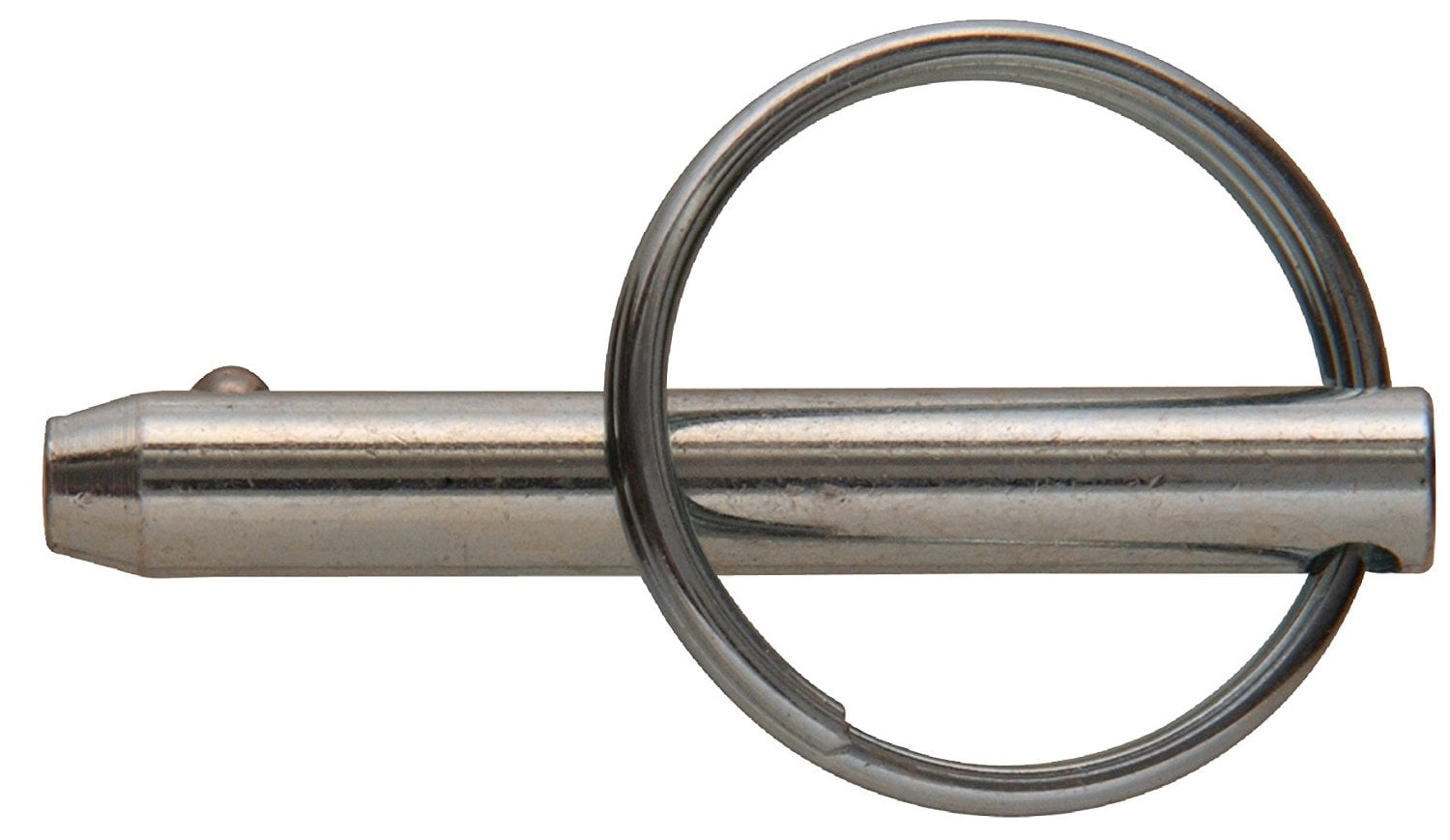

The two halves of the clamshell were shaped on the inside to fit the gun tightly, so that when the clamshell was locked closed, it would be extremely difficult-practically impossible-to pull the gun out the top of the holster. Jewett’s design also made significant improvements to security. The design essentially saved two steps (strap release and upward drawing motion), allowing the shooter to get the gun into play much more rapidly. (In contrast, with Jewett’s design, the shooter established a normal grip on the gun and punched the hidden button with the fingertip almost simultaneously, at which point the gun could be rotated into the firing position without first having to draw it upwards. This cadet’s open clamshell holster is easily visible in this picture of “hot stop” training at the CHP Academy, circa 1950s. The clamshell was popular with CHP officers too. When drawing the gun upwards, the long barrels slowed things down, and sometimes the tip of the barrel or the front sight would snag on the mouth of the pouch as the gun was rotated, frustrating the effort to make a clean and smooth draw. Operating the safety strap was a motion that took some time, and the officer could not establish his grip to draw the gun until this step was complete. To draw these guns, officers had to release the safety strap, pull them upwards from the pouch until the long barrels cleared the top of the leather, then rotate them to orient the muzzle towards the target. At the time of the patent, most uniformed police officers (especially those who worked the highways and rural areas) favored revolvers with long, six inch barrels, which were carried in open top pouches and secured by a safety strap.

The most obvious was a fast and unobstructed presentation of the gun. Jewett hoped to accomplish several objectives with his novel design. To open it up, the user inserted the index finger of his gun hand into the area of the trigger guard, and pushed inwards on a camouflaged button (that was hidden underneath a layer of leather, just forward of the trigger face) to release the latch, at which point the halves rapidly separated under spring pressure, releasing the gun. In operation, the two halves were folded together against the spring pressure and were held closed by a latching mechanism in the front seam of the holster. In Jewett’s design, the pouch which held the gun was split into two halves along the front seam, which were joined at the rear by a powerful flat spring that was biased to open the halves in butterfly fashion. Jewett, whose patent for the design was granted on 10 October 1933. The inventor of the clamshell holster was Mr. It’s a story fit for a RevolverGuy, so join me as we turn the clock back to rediscover this lost gem from law enforcement’s past. Malloy and Reed may have brought these clever holsters into the public consciousness in the early 70s, but the clamshell holster story goes back much further.
COTTER PIN TV
The LAPD had just switched to the shorter guns in 1969 (which were “neutered” to remove the single action capability, like all LAPD revolvers starting in that year), so the characters who portrayed them on TV would too, and it made sense they would carry the guns in clamshell holsters, which by this time had become an LAPD icon. So, when Malloy and Reed switched from the Model 14 and Safariland #11 top draw holster to the Model 15 and clamshell holster for Season Four, it wasn’t just for the sexy optics. The clamshell holster had secured its position as a Southern California favorite by the 1940s, as this image of LAPD traffic officers demonstrates.
COTTER PIN HOW TO
The actors received careful coaching from real lawmen, who taught them how to look and act the part. They had a small army of advisors who worked with scriptwriters, actors and directors to ensure that scenarios, uniforms, equipment, tactics and terminology were authentic.

One of the hallmarks of Adam-12 was that the Los Angeles Police Department (LAPD) worked very closely with Universal Studios to ensure that the program was technically accurate. The image of those great sixguns being drawn from the trick holsters was pure TV magic!īut it wasn’t just a slick show for the tube. Any RevolverGuy who grew up like I did, watching a steady diet of the 1970s police drama Adam-12, will certainly remember those Blue Knights, Malloy and Reed, each drawing a Combat Masterpiece revolver from a clamshell holster that sprung open like magic every time our heroes needed to draw down on some counterculture scumbag.


 0 kommentar(er)
0 kommentar(er)
